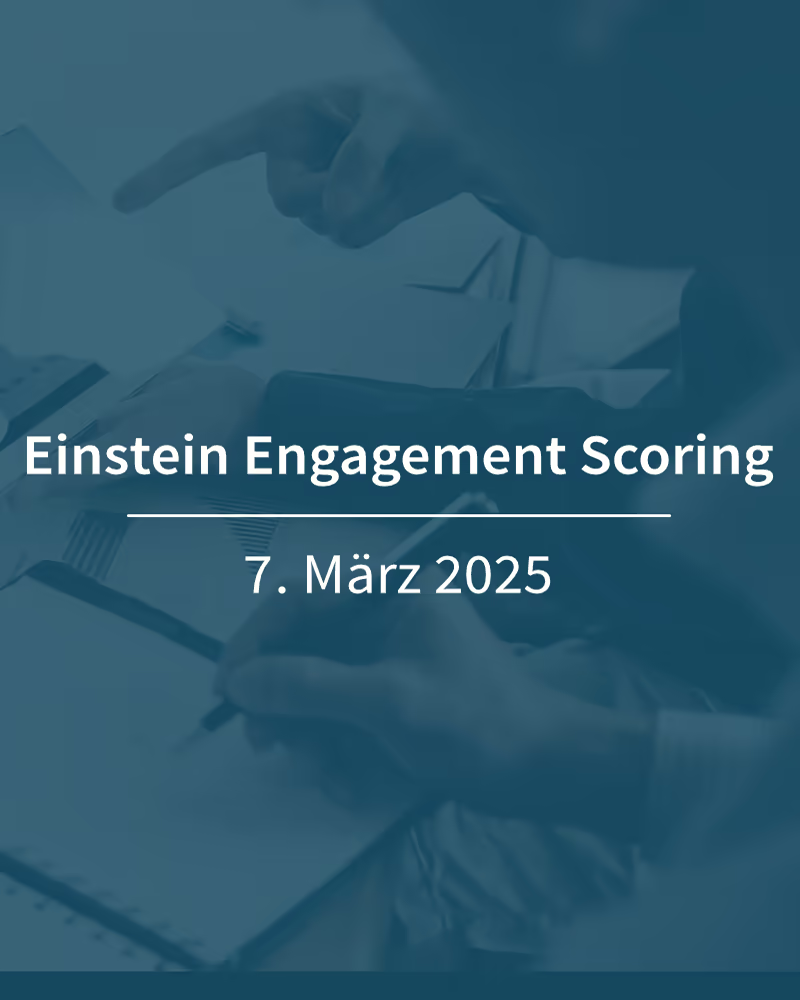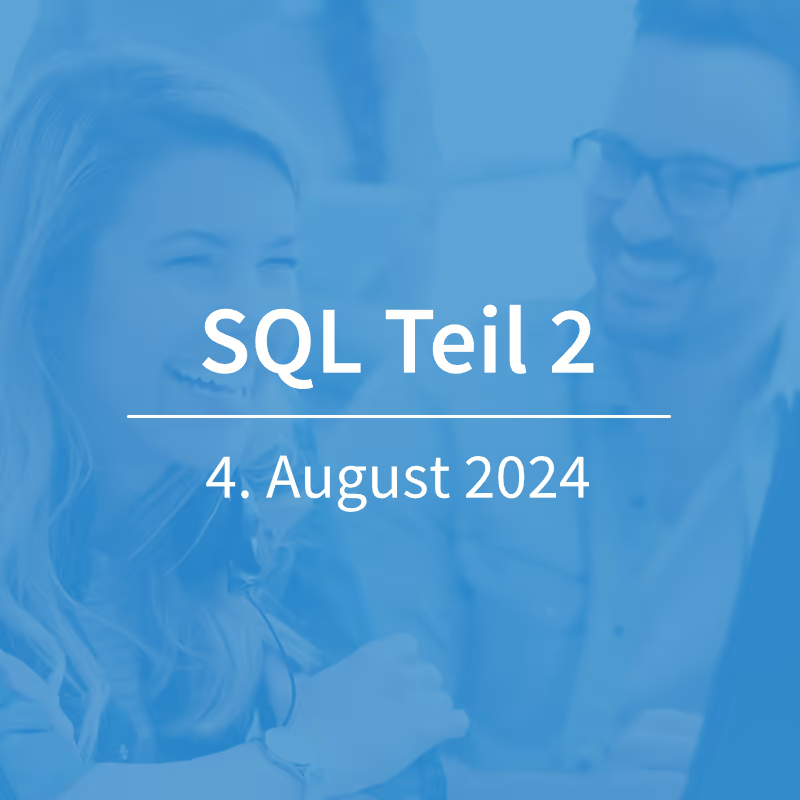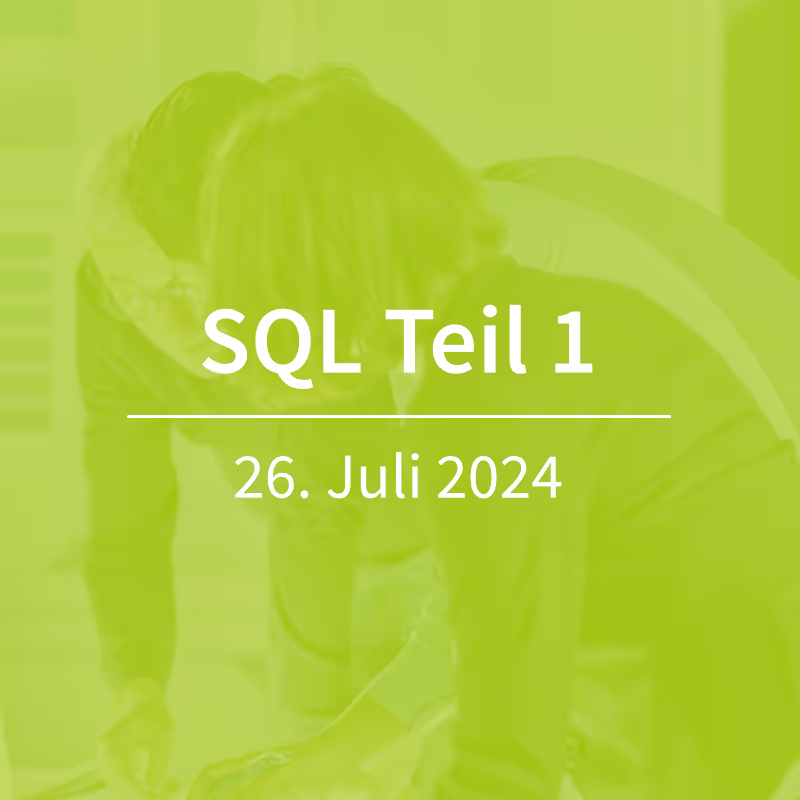Salesforce Marketing Cloud Release Highlights Winter '25
The Winter '25 release for Salesforce Marketing Cloud Engagement brings a variety of new features and improvements in various areas. Whether these innovations can actually increase the efficiency and effectiveness of marketing strategies depends heavily on the individual use case. It's worth taking a closer look.

Cleaning up in Package Manager: Nice-to-have or real improvement?
Several improvements have been made to Package Manager in the areas of apps, setup, and security. The changes, such as more consistent names for Industry Solutions and a new column for the life cycle status, are positive, but they are more cosmetic in nature. The industry solutions themselves are less relevant for many companies because they are often too specific and standardized to offer real added value.
A more significant change concerns Social Studio, which was discontinued on November 18, 2024. This decision appears understandable, as specialized social media management tools such as Falcon offer better functionalities anyway.
Cross-cloud: small steps for better integration
Cross-cloud products focus on migrating from Process Builder to record-triggered flows. In distributed marketing, there are new options for linking with active campaigns and personalizing campaign member objects — features that could be of interest for specific use cases.
AI power or AI hype? Einstein's new abilities under the microscope
The AI developments in Einstein and Analytics are remarkable, but they also raise questions. Multilingual content generation for six languages sounds promising, but it is bound to the culture code — a not unproblematic limitation. For companies with established translation processes, there is the question of actual added value, especially since the AI-generated content requires manual review anyway.
It is interesting to be able to define up to ten different “personalities” for AI generation. This could be particularly relevant for brands that maintain different tonalities across various channels. The new AI audit export also provides better control over the generated content.
Automation 2.0: New tools for better monitoring
One of the most exciting innovations is in the area of automation. The real-time data retrievals from automation data views enable significantly improved monitoring of processes. The ability to identify performance problems at an early stage and take countermeasures if necessary is particularly interesting. The new error classifications and extended logging with a JobID field significantly improve the traceability of processes.
Messaging is getting sharper: But for whom?
In the messaging sector, an integrated link shortener for SMS has been introduced — a practical feature that was previously only available to Hyperforce customers. The ability to use the same template name for multiple WhatsApp business accounts is a small but useful improvement for multi-account management.
Data integration: More connectors, more options?
The enhancements in the area of Marketing Cloud Intelligence, such as new API connectors for Criteo, DoubleVerify and improved TikTok integration, open up interesting opportunities for integrated marketing. Even though many companies currently still use specialized individual tools, the central integration of all channels in the Marketing Cloud offers significant advantages: uniform reporting, consistent customer journey across all touchpoints and more efficient use of resources. Although implementing these integrated solutions requires initial investments, the long-term added value through better data usage and cross-channel campaign management can more than outweigh these costs. Especially for companies that want to harmonize their marketing activities more closely and make them data-driven, the new integration options are worth a closer look.
Conclusion: Evolution instead of revolution
The Winter '25 release for Marketing Cloud Engagement shows a clear trend: The basic changes remain manageable, while the really exciting development at Salesforce is taking place elsewhere. The features presented — particularly in the area of automation monitoring and AI-supported content creation — are useful, but rather incremental improvements.
In fact, a major transformation is on the horizon: With AWS-based Hyperforce, Marketing Cloud Growth, DataCloud, and AgentForce Salesforce is pursuing a comprehensive AI-focused strategy. The latest updates to Salesforce Marketing Cloud Engagement seem more focused on gradually bringing companies closer to a future in which marketing will be more integrated and supported by AI. Even though the most innovative developments are currently taking place on a completely new technological basis, it is worthwhile for marketing teams to test the AI functionalities of the current Marketing Cloud — not only for immediate use, but also as preparation for upcoming changes.
In the medium term, Salesforce Marketing Cloud users will probably be faced with the decision of whether and when they want to switch to the new generation of technology. Although a migration will be complex and costly, it could provide access to significantly expanded marketing opportunities. It is therefore all the more important to familiarise yourself with the new technologies and their potential now in order to be prepared for this strategic decision.
















